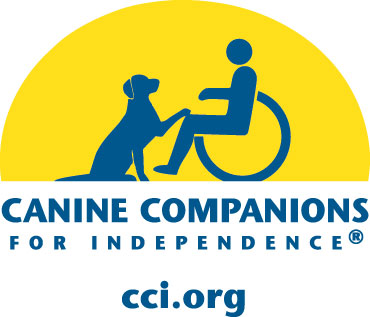I’m Not Fat….I’m Fluffy! Portly Pups and Corpulent Cats
Labels:
fat,
overfeeding,
overweight,
pet obesity,
treats
One of the world’s fastest growing health threats is not a virus or a bacterium. Even though it is not contagious, it is spreading rapidly. It has spread to all countries, from the developed to the poor. It is devastating the public health of the population and adding millions of dollars in health care costs. It has become so common that in 1997 the World Health Organization (WHO) formally recognized it as a global epidemic. The epidemic has even spread to our pets, and has become just as serious a threat to their health and lifespan as it is to ours.
What is this growing health crisis? Obesity.
Obesity is an abnormal accumulation of body fat, usually 20% or more over an individual's ideal body weight. Obesity is associated with increased risk of illness, disability, and death.
According to the Association for Pet Obesity Prevention (APOP), over 45% of dogs and 58% of cats are estimated to be overweight or obese. “Pet obesity is now the biggest health threat to pets in the US,” states lead researcher Dr. Ernie Ward. “The costs of obesity in illness and injury make it the number one medical issue seen in today’s veterinary hospitals.”
People no longer seem to have a concept that their pets are overweight. In our “super-size” society, pets that would have been considered overweight 20 years ago are today seen by their owners as normal, in part because we are surrounded by so many overweight pets. Veterinarians often have to tread lightly when approaching the subject with the owners of pudgy pets. Larry Kornegay, president of the American Veterinary Medical Association, who has a private practice in Houston, says he sees an overweight pet nearly every day, and usually the owner is overweight as well. “I talk about their pet’s health. Still, some clients take it personally.”
Veterinarian Bernadine Cruz of Laguna Woods, CA, states “We have a skewed notion of what’s really overweight, because we supersize everything.” Cruz says pets are often in her office in the first place because of symptoms they are having, and it turns out that being overweight has worsened their conditions.
So, just what is “overweight” in regards to our pets?
To put it in perspective, let’s compare their weight proportionally to a human’s. According to APOP, if a Yorkshire terrier weighs 12 lbs, it is equivalent to a woman of average height weighing 223 lbs. A 14 lb cat is equivalent to a 237 lb man. Increase the cat’s weight to 20 lbs, and it is equal to the same man weighing 300 lbs. Each pound on a cat is equal to between 13-15 lbs on a person.
Other than the numbers on the scale, how can you tell if your pet is overweight? There are a number of ways to check. Some of the more obvious signs are:
- Difficulty feeling ribs under the fat layer on your pet’s sides
- Sagging stomach – you can grab a handful of fat
- Broad, flat back
- No visible waist when viewed from above
- Roll of fat on the neck or over the tail
How does obesity affect a pet’s health and life span?
Just as in people, obesity can cause a number of serious health conditions. Overweight pets are likely to have a shortened life span. Obesity-related disorders not only cause pets needless suffering and discomfort, they also cost pet owners tens of millions of dollars each year.
There is a laundry list of potential health issues related to obesity. Some of the most common are:
- Osteoarthritis – arthritis related to excess weight can occur in both dogs and cats. This is a painful condition made worse by excess wear and tear on the joints.
- Diabetes or Insulin Resistance: overweight pets often develop problems with blood sugar regulation. Diabetes itself causes a number of issues, including heart disease, nerve damage, kidney problems, vision problems, and more.
- High Blood Pressure: excess fat tissue secretes hormones that cause the heart to pump harder and blood vessels to constrict.
- Respiratory disorders: many overweight pets , especially short-faced breeds, can develop serious breathing problems if they are obese.
- Heart Disease: the heart has to work harder to pump blood through the body.
- Cancer: obesity has been shown to increase the chances of many forms of cancer.
Other issues can occur as well. Putting an obese pet under anesthetic can be tricky. There are also behavioral issues that may result. An arthritic dog may snap at a child who accidentally pushes him over , or a cat that can barely fit inside his litter box may decide to use the carpet instead. Either of these things could lead to a pet being given up to a shelter.
Okay, so you have determined that your pet is not just fluffy….he or she is FAT. How did they get that way, and what do we do about it?
Next time we will look at causes of obesity, and changes to diet and lifestyle to help your pet be fit and healthy again.










































No comments:
Post a Comment